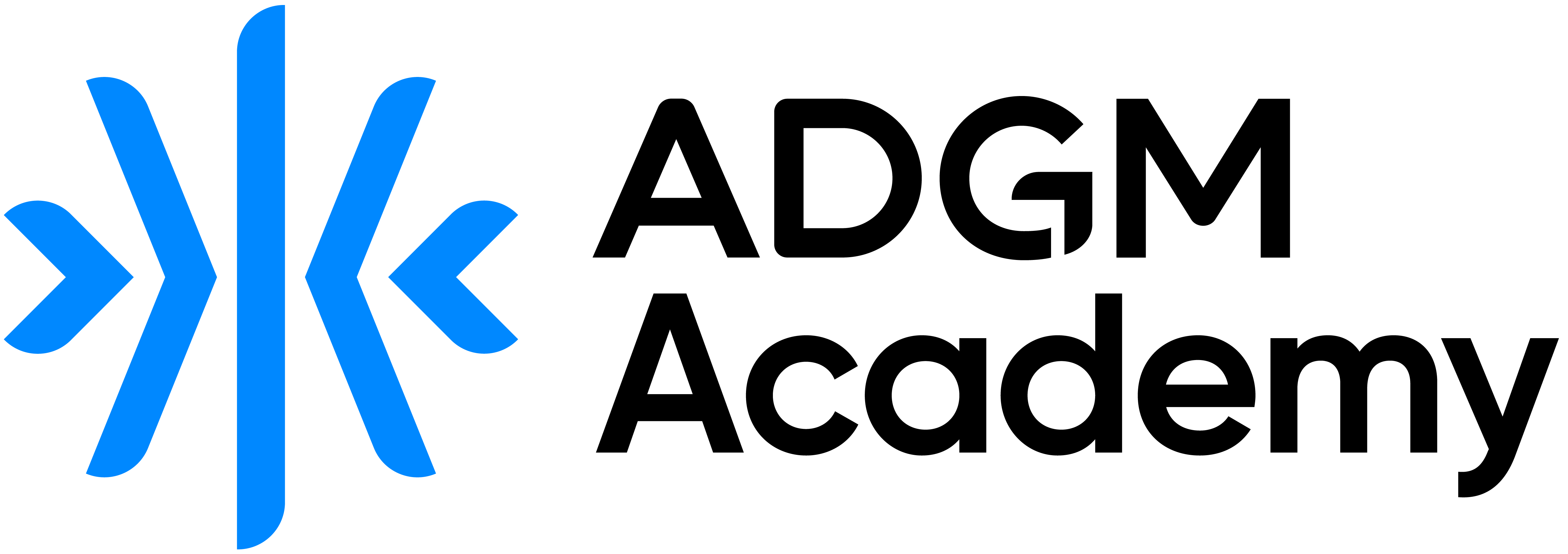Article Series: Securing Digital Assets: Custody, Regulation & the Path to Global Standards

In this second session of the ADGMA Research Centre & Fintech Tuesdays Webinar Series, experts from Zodia Custody, Swift, GBBC, and Omla explored how to build secure, compliant, and globally aligned custody solutions for digital assets. The discussion highlighted the role of custody in trust, regulatory harmonisation, interoperability, and innovative models shaping the future of Web3 infrastructure.
As digital assets become increasingly central to global finance, securing them through robust custody solutions has never been more critical. The ADGMA Research Centre’s latest session, “Securing Digital Assets: Custody, Regulation & the Path to Global Standards,” gathered industry leaders to discuss how regulation, technology, and collaboration can build a trusted, scalable digital asset ecosystem.
Key Takeaways:
- Custody as Trust Infrastructure: Institutional custody solutions must go beyond safekeeping to ensure regulatory compliance, operational resilience, and robust key management.
- Need for Global Standards: Fragmented regulations across jurisdictions create challenges; harmonisation is essential for innovation and efficiency.
- Interoperability Challenges: Connecting traditional finance systems with diverse blockchain protocols is key to reducing costs and complexity, as seen in Swift’s initiatives.
- Custody in Web3 Evolves: Beyond storage, custody now includes governance rights, digital identity, and user permissions in decentralised ecosystems.
- User-Centric Design is Crucial: For broader adoption, self-custody solutions must balance security with ease of use and familiar interfaces.
- Regulatory Clarity and Collaboration: Clear rules, cross-border cooperation, and sandbox approaches are vital for enabling safe, innovative growth in digital asset markets.

